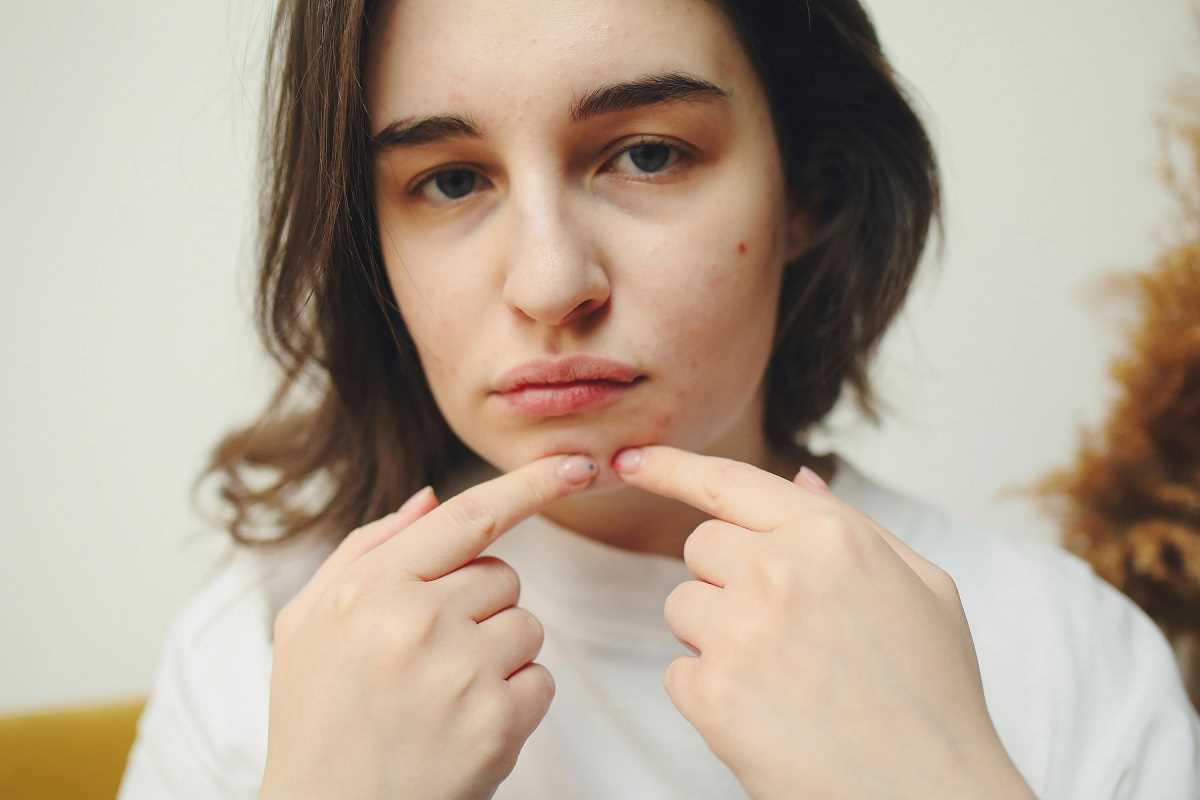Sleep and the menstrual cycle are intricately connected, with each influencing the other in profound ways. Hormonal fluctuations throughout the menstrual cycle can disrupt sleep patterns and affect overall sleep quality. At the same time, poor sleep can worsen menstrual symptoms like cramps, mood swings, and fatigue, creating a challenging cycle for many women. By understanding these connections and adopting strategies to improve sleep, women can better manage the effects of their menstrual cycles and improve their well-being.
How Hormonal Changes Affect Sleep Patterns
The menstrual cycle is divided into distinct phases—menstrual, follicular, ovulatory, and luteal—each characterized by fluctuating hormone levels, particularly estrogen and progesterone. These hormonal changes play a significant role in how well, or poorly, women sleep during different parts of the cycle.
The Follicular Phase
The follicular phase begins on the first day of menstruation and lasts until ovulation. During the early days of this phase, many women experience physical discomfort, including cramps and bloating, which can interfere with sleep. However, as menstruation ends, rising estrogen levels often improve sleep quality by promoting REM sleep, the restorative phase of the sleep cycle.
Ovulation
Mid-cycle, during ovulation, estrogen peaks. For many women, this surge boosts energy levels and mood, which may also support better sleep. However, some might experience temporary sleep disruptions due to physical symptoms like mild pain or an increase in body temperature, both of which can disturb comfort during sleep.
The Luteal Phase
The luteal phase, which occurs after ovulation and before the next period, is often the trickiest for sleep. Progesterone levels rise as the body prepares for a potential pregnancy. While progesterone has a sedative effect that can promote sleepiness, its rapid drop late in this phase can lead to sleep disturbances. Additionally, this premenstrual period often brings symptoms like cramps, breast tenderness, mood swings, and food cravings, all of which can interfere with restful sleep.
Menstruation
The first days of the menstrual cycle can feel like a double whammy. Hormonal levels drop to their lowest, which might contribute to poor sleep quality. Additionally, physical symptoms like heavy bleeding, severe cramps (dysmenorrhea), back pain, and fatigue can make falling or staying asleep much harder.
Hormonal fluctuations, coupled with their physical and emotional consequences, create a cycle that can leave many women fatigued as they balance the demands of daily life alongside disrupted sleep.
The Impact of Poor Sleep on Menstrual Symptoms
Just as hormones and the menstrual cycle affect sleep, sleep—or the lack thereof—profoundly impacts how women experience their menstrual symptoms. Poor quality sleep can exacerbate the physical and emotional challenges tied to the menstrual cycle.
- Worsening Physical Symptoms: Insufficient sleep increases the perception of pain, making cramps, backaches, and other discomforts feel more intense. Lack of restorative sleep also reduces the body’s ability to repair and recover, prolonging physical discomfort.
- Mood Swings and Irritability: Sleep deprivation has a direct effect on mood regulation. When you’re not well-rested, you’re more likely to feel irritable, anxious, or even depressed. Combined with pre-existing emotional shifts fueled by hormonal changes, this can lead to emotional distress.
- Fatigue and Cognitive Impairment: Tiredness tends to intensify during menstruation, but sleep deprivation worsens its effects. Poor sleep can make concentration difficult, reduce productivity, and leave you feeling drained by mid-morning.
The cyclical nature of poor sleep and heightened menstrual symptoms can create a feedback loop that makes day-to-day life feel unnecessarily difficult.
Tips to Improve Sleep Quality During the Menstrual Cycle
Each phase of the menstrual cycle comes with unique sleep challenges, but there are proactive steps women can take to improve their rest. These strategies can promote better sleep and manage symptoms more effectively.
1. Align Sleep Habits with Cycle Phases
- Early Cycle (Menstruation): With cramps and physical discomfort at their peak, use a heating pad or take a warm bath before bed to relax muscles. Over-the-counter pain relievers, when taken appropriately, can also reduce pain that disrupts sleep.
- Follicular Phase: Rising energy levels during this phase can sometimes translate into difficulty unwinding for sleep. Establishing and sticking to a consistent bedtime routine ensures you’re giving your body time to relax.
- Luteal Phase: Progesterone’s sedating effects may naturally make you feel drowsier in the late luteal phase, so lean into this by creating a dark, cool, and quiet bedroom environment to maximize rest.
2. Exercise Regularly
Light to moderate exercise can improve both sleep quality and menstrual symptoms. Activities like yoga, walking, or swimming can help reduce stress, improve mood, and ease discomfort like cramps or back pain without disrupting sleep. Avoid intense workouts close to bedtime, as they may leave you too energized to fall asleep.
3. Manage Stress Levels
Stress can worsen both sleep quality and menstrual symptoms, so finding stress-relief strategies is crucial. Breathing exercises, meditation, or journaling before bed can reduce mental clutter. Apps with relaxing sounds or guided meditations may also help you unwind.
4. Eat for Better Sleep
Certain foods and beverages can impact energy levels, mood, and sleep quality:
- Limit caffeine and sugar, especially in the afternoon and evening, as they can spike energy levels and disturb sleep patterns.
- Include magnesium-rich foods like spinach, nuts, and seeds, as magnesium helps relax the body and improve sleep.
- Stay hydrated, but reduce liquid intake an hour or two before bed to limit disruptions from nighttime trips to the bathroom.
5. Regulate Sleep Environment and Schedule
Making sleep a priority is vital, particularly during the luteal and menstrual phases when the likelihood of disruptions is highest. A few ways to enhance your sleep environment include:
- Setting your bedroom temperature between 60–67°F to offset hormonal temperature fluctuations, especially during ovulation.
- Using blackout curtains or an eye mask to block out light, as light can interrupt the body’s natural rhythm.
- Sticking to a consistent sleep-wake schedule to help regulate your internal clock.
6. Seek Medical Support When Needed
If sleep disruptions remain severe or unmanageable despite lifestyle changes, it’s a good idea to consult a healthcare provider. Severe symptoms like chronic insomnia or heavy, painful periods may require medical evaluation or tailored treatments like hormonal therapies.
Final Thoughts
The relationship between sleep and the menstrual cycle is a delicate yet powerful one. Hormonal shifts influence sleep in different ways throughout the cycle, impacting energy levels, mood, and overall well-being. While these changes are natural, poor sleep can amplify menstrual symptoms, making it harder to manage both physical and emotional health.
However, by understanding how hormones affect sleep and adopting supportive sleep practices, women can break the cycle of poor rest and heightened symptoms. Whether it’s through careful attention to diet, exercise, stress management, or medical advice, the right approach can help women improve both their sleep and their quality of life—at every phase of the month.
 (Image via
(Image via


.jpg)


